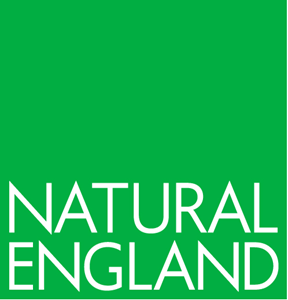Grey squirrels: rules on how to house them
Updated 7 May 2020
Applies to England
You must keep grey squirrels in enclosures that they cannot escape from.
Enclosure walls
You must build the walls of the enclosure with solid material or fencing.
Fencing must be wire netting of:
- not less than 18 gauge
- a mesh size not greater than 26mm
The wall or fence must be at least 2m above ground level, unless the enclosure is fully covered by a secure roof or ceiling.
If you use fencing, the base of the fence must either be:
- buried in the ground to a depth of at least 30cm and turned outwards at the bottom at a right angle for at least 15cm
- embedded in a trench 30cm deep and 15cm wide and filled with concrete or consolidated hard core or a similar solid and durable material
If you do not have a secure roof or ceiling, you must cover the top 30cm of the fence with flat sheet metal. You must securely attach this to the inside of the wire netting and to any fence posts inside the enclosure. This must form a continuous barrier with no gap between the wire and the sheet metal.
If you use wood to build the enclosure:
- timber must be at least 12mm thick
- plywood must be at least 10mm thick
You must protect wood or other material from gnawing by adding metal sheeting or galvanised mesh. All wood must be of good quality and treated with an appropriate preservative.
Roofs and ceilings
You must build roofs and ceilings with durable material that has the same specification as enclosure walls.
Other rules
You must secure all points where materials join together and where the walls meet the roof or ceiling to prevent escape.
Enclosures must have a double door system, where one door can be closed before the other is opened.
You must:
- make sure there is nothing in the enclosure to allow squirrels to breach the perimeter fence
- prune or remove trees within the enclosure if they are close to the perimeter fence
- place baffles onto tree trunks to prevent squirrels climbing the trees
You must keep the area next to the perimeter fence clear of undergrowth so you can spot and repair any holes before they become a problem.
You must regularly check the enclosure structure for signs of damage and carry out any repairs immediately.
You should:
- take action to control, as far as possible, any rats on the premises
- take steps to prevent rats entering the enclosure
You must immediately block rat holes or other holes through which squirrels could escape. You must also secure any drainage channels to prevent escape.
You must only transport grey squirrels in closed cages or other containers built to prevent their escape.

